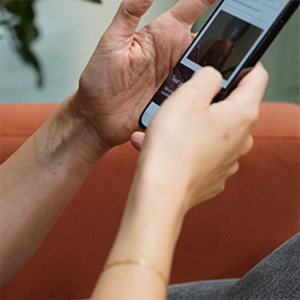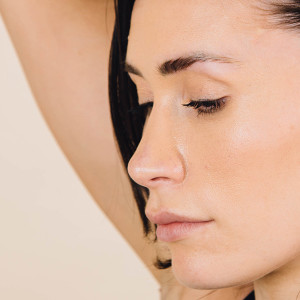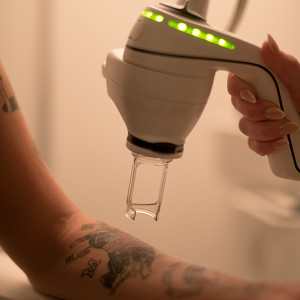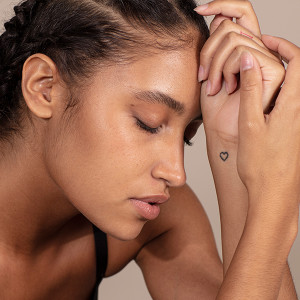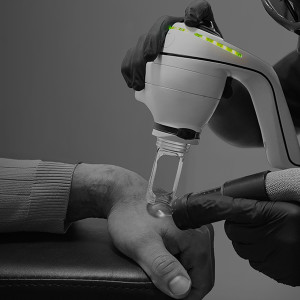NAAMA's guidelines on sun exposure
There is no such thing as a healthy tan. And this is especially the case when preparing for laser tattoo removal treatment in London, or in sunnier spots for that matter.
Many scientists now believe that the effects of skin damage accumulate over time, so tanning your skin before a sunny trip abroad is not a sensible precaution to take. You’d be better off slathering on the SPF.
There is a fine balance to be found between getting enough vitamin D from the sun and keeping your skin safe from UVB. Contained in the sun’s powerful rays, it breaks DNA apart, causing inflammation. UVB also breaks apart vitamin D precursors into active and useful substances.
As with everything in life, moderation is key.
Working with our Consultant Dermatologist at NAAMA studios in London, we have developed a clear and pragmatic set of guidelines to help anyone considering laser tattoo removal. And while the sun often chooses not to shine on our lovely city, adhering to the following advice before and after your laser tattoo removal treatment will greatly improve the quality and speed of your journey to fresh skin.
Many of the following tips early on in this piece are sensible advice for anyone to take, regardless of whether they hope to remove a tattoo or not. Following on from these guidelines we look at exactly what goes on in the skin when you get a tan, and why it can prevent you from being able to enjoy a treatment with us.
Publish Date in article
DR FIONA WORSNOP, A HARLEY STREET AND NHS CONSULTANT DERMATOLOGIST
"The treatment is an ongoing process and commitment to the best skincare and therefore, the best outcome.”
A straightforward timeline
Before treatment
In the few weeks building up to your treatment at NAAMA you should be especially careful not to tan or burn your skin. Wearing sun cream with a high SPF and UVA 4* rating and above will help you to get the most out of laser tattoo removal, as will staying out of direct sunlight for prolonged periods of time. Eating healthy, staying hydrated, and getting enough sleep will also help to keep your immune system in top shape for the journey ahead.
A week after any treatment
You should not expose the tattoo to direct sunlight. We recommend that you keep it covered with cloth or a plaster for utmost protection. Your medical dressing should stay on for 72 hours, but it can fall off sooner during warmer weather. Should this happen, dry the area and apply our NAAMA aftercare cream, or pop into the studio for a new dressing. Please do not wrap your tattoo in clingfilm as this suffocates the skin.
In the extremely rare event that you develop a blister following treatment, do not pop or pick it. Blisters from our LightSense™ laser are highly unusual, but should go away on their own.
Should you have any further queries or concerns about your aftercare, do not hesitate to contact us.
Two to three weeks after any treatment
Over the next three weeks sensible sun exposure is ok (remember the fine balance we spoke about earlier) so long as you implement a sun-safe skincare routine using sun cream with a high SPF and UVA 4* rating and above.
Four weeks after your final treatment
For at least four weeks after your final treatment you should be slathering on the sun cream, and as many experts now advise, this really should never stop. Covering yourself with a hat, long sleeves, or a necktie are all great ways to keep your skin safe in the sun.“We know that the immune response continues months after the treatment so although you sometimes see a big improvement very quickly some clients have then gone on to have ongoing fading months later,” says Dr Fiona Worsnop, a Harley Street and NHS Consultant Dermatologist. “The treatment is an ongoing process and commitment to the best skincare and therefore, the best outcome.”
Between treatments
You should use sun cream between treatments and notify our consultants if you have any concerns over sun exposure, or if you plan to take a holiday somewhere warm and sunny during your treatments with us.
Remember, we won’t be able to treat the tattoo if the area has been damaged by the sun and if you have burns, blisters, or a strong tan.
We do not specify how long after sun damage we are able to treat a tattoo as this is dependent on a number of factors and will vary from case to case: how long the skin surrounding the tattoo has been exposed to the sun; how strong the sun exposure was; and the type of skin the client has.
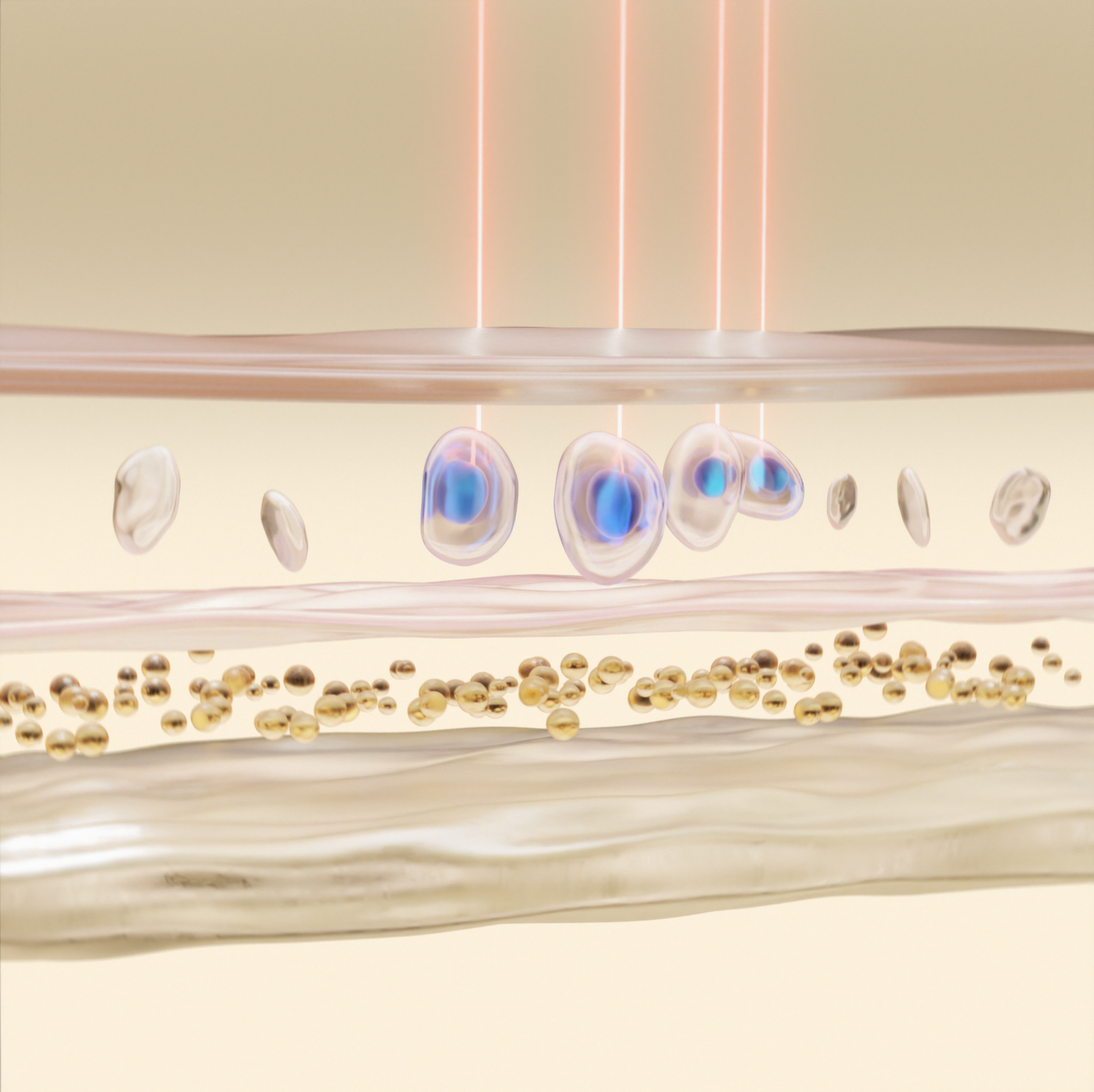
The science of how we get a suntan
To understand the science behind a suntan we need first to look directly at the sun. Different types of ultraviolet (UV) light are contained in the sun’s rays, the majority of which are UVA particles.
While UVA does not directly cause sunburn, it does have a part to play in the tanning process. Overwhelmingly it is UVB that causes the redness, swelling, and even blistering associated with lying for too long in the sun without proper protection.
The final boss, UVC, is extremely dangerous for humans. But not to worry, the earth’s ozone layer gets in the way and protects us - at least for now.
Fortunately, our body has evolved sophisticated protection against the sun’s harmful rays.
Melanocytes, cells shaped like little octopuses, release melanin (from the Greek melas, black) to protect the skin from UV light.
The mechanism by which melanin works to protect our skin is graceful and a little hard to believe.
“When a melanin molecule is struck by UV light, it fires off a proton, disarming the UV ray’s power and transferring it into harmless heat – all in one thousandth of a billionth of a second,” writes Monty Lyman in The Remarkable Life of the Skin.
In the few days following prolonged sun exposure our melanocytes will have been overproducing melanin as an emergency response, and thus, we are left with a tan.
This, in short, is the science behind how we get a suntan.
Publish Date in article
The three forms of melanin
Talk to one of our experts to start your removal journey
How does tanned and burnt skin react to laser tattoo removal?
A strong and healthy immune system is crucial for getting the best out of laser tattoo removal, but excessive sun exposure can put this in jeopardy.
“If you already have UV damaged skin that is in a protective, reactive phase, then the immune system is a bit more distracted,” says Dr Fiona, adding that, “we know the sun is an immunosuppressant.”
If your skin is burned, deeply tanned, or blistered we will be unable to treat it. Not only is it dangerous, but your immune system will not be in the best shape to flush out the broken-down particles of ink left after being agitated by the laser.
“A tanned skin might also impact the way that the laser reaches the ink,” says Dr Fiona. “You have a different distribution of cells, a different concentration of melanin. It may impact the way the light reaches the areas we want it to reach.”
Hyperpigmentation and hypopigmentation
These two terms are essentially opposites.
Hyperpigmentation refers to an overproduction of melanin, causing certain areas of skin to become darker than the rest.
Hypopigmentation by contrast is when you have patches of skin that are lighter than the rest of your skin.
As far as adverse effects go, “skin that is untouched by the sun should heal faster,” says Dr Fiona. The above phenomena can appear more obvious on tanned skin, just another reason why you should stay sun-safe before, after, and during your treatments.
If you would like more information on how to get the best results out of laser tattoo removal, why not get in touch? For trends in breakthrough laser tattoo removal technology, here are NAAMA's top laser FAQs.
What is the best laser for tattoo removal?
What is the newest laser technology for tattoo removal?
Talk to one of our experts to start your removal journey

